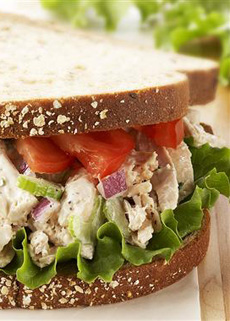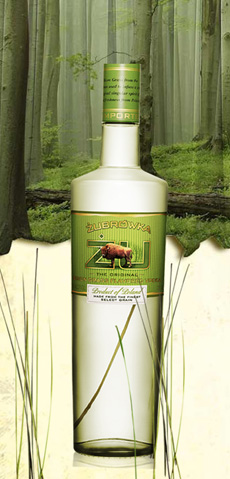|
*Our own stacking attempts were not particularly successful. The foil top is not as stable as a solid plastic top. We had as much tipping over as with any other foil-topped yogurt container.
The Real Need: Recyclable Yogurt Containers
Our issue with yogurt containers is not related to shape, but to the #5 polypropylene plastic that the industry uses. Few municipalities are set up to recycle it.
Technically, almost everything manufactured could be recyclable. However, a reliable end-buyer for the recycled material is required before a municipality will recycle it. Currently, there is no reliable market for #5 polypropylene.
Eat a yogurt or two a day, and you contribute a substantial amount of plastic to the landfill.
It’s not just yogurt, of course: Cottage cheese, hummus, margarine, whipped butter, sour cream, take-out containers and other popular foods are all typically packed into #5 polypropylene. No matter how committed you are to sustainability, it’s hard to avoid products that are basic to your diet.
A number of Whole Foods Markets, food cooperatives and other locations will accept #5 plastics for recycling. They’ve teamed up with Preserve Products, which makes household products from recycled plastic, to create a recycling program called Preserve Gimme 5. Stonyfield Farms and Organic Valley are also part of the project. Check for recycling locations in your area.
Committed as we are to recycling just about everything that crosses our path, the combination of distance to Whole Foods Market and no place to store the stack of #5 containers in our small New York City apartment (no car to store them in, either) makes this a challenge. If you can recycle conveniently, though, go for it!
Plastic Recycling: What The Numbers Mean
Just because a plastic container features the three-arrow triangle recycling symbol doesn’t mean it can be recycled. The recycling symbol is unregulated: No authority controls who places the symbol on what product.
The number inside the symbol only identifies the type of plastic resin. It doesn’t mean the container is recyclable. It is not the number that determines if the plastic is recyclable, but manufacturing processes (the same types of plastics can have different melting points) and community guidelines.
The plastics industry uses the numbers as a coding system to identify resin types. The system wasn’t designed to indicate recyclability.
What to do about all this unrecyclable plastic? Ay, there’s the rub.
You can find other purposes for it, but if you eat any quantity of yogurt, the packages will pile up far faster than the ideas for reusing the empty cartons.
It’s in the hands of the food manufacturers to move to greener packaging. When they do, we’ll commit to buying it.
|




